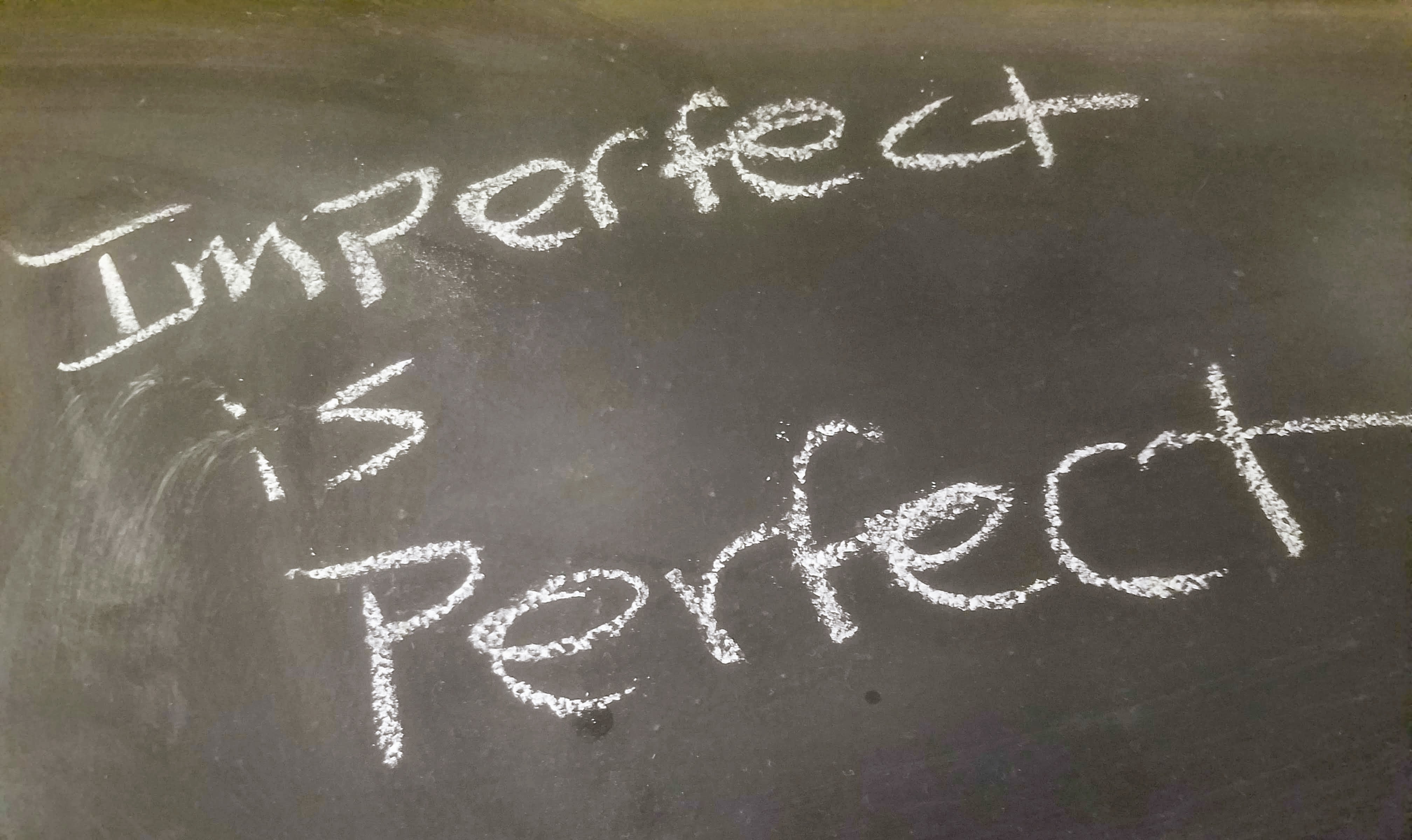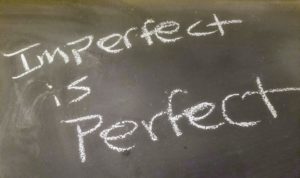Junk Drawer Guide to Meditation

Meditation and mindfulness do not come easy to everyone. Unfortunately, those who need it the most are frequently the very people who struggle with it the most. Our symptoms, bodily pains, and mental chatter become such a distraction that we give up in frustration. Part of the solution is finding a mindfulness practice that works for YOU and realistic for YOUR lifestyle. For example: silent, closed eyes, and cross legged sitting meditations are usually a very poor fit for survivors with PTSD. A walking meditation may be more fitting and healing.
A whirlwind of perfectionism and “should” thoughts are a fast track to sabotage your meditation goals. While there may be certain meditation methods that hold some requirements, ultimately all you need is a regular mindfulness practice to lead to the healing brain changes you are looking for. So drop the word “should” from your vocabulary and start on a very bumpy road of the learning curve. You will be bad at it at first- for some time really, and that is OK!
What matters in a mindful meditation is:
- Intending where your Attention is directed
- Attendance to the Here and Now
- The act of coming back when you wander off from the above two. Let us be real, this one happens a lot and is exactly where many people give up.
- Some consideration of body or senses
The Metaphor
I think everyone has that one drawer in their house, usually in a kitchen or rarely used office, which is just full of miscellaneous things that we might need, do need, or have long forgotten about. You go into it regularly looking for that 1 thing, maybe your neighbor’s key to feed their cats. And you have to dig through, touching each random item while saying “not that” as you filter past koozies from old memories, cold paper clips, and sharp edges of that broken gadget you will fix one day. It is easy to get off track, forgetting about the cat entirely and taking on some new “should do” organization project or mindlessly wandering off on a tangent thought. But you are a functioning adult and eventually find that key and be a good neighbor.
So How do I Start Meditating?
So today I talk to you about what I call the “Junk Drawer Meditation.” How it works is that you observe your here and now state, be it bodily sensations, thoughts, five senses, or emotions. In this mediation we are looking for “coherence,” Coherence is the body’s signs of feeling OK, safe, and flowing with some degree of health. The “not that’s” that we are filtering past are pain, illness symptoms, urges to pick your skin, compulsions to pull a hair out, thoughts of any sort. We touch and briefly feel each thought we find, just long enough to give it a label and continue digging for what you KNOW is in there. Coherence: a sensation that is not pain. Coherence: a moment of calm, a fiber of strength. It is in there somewhere! Keep looking. Get off track and back on again. And when you find it, observe it curiously as long as you can. Then, watch for more coherence to come into awareness. When you drop it, start digging again, “not that, not that, not that…AHHHH! There it is.”
But Where? When? I’m busy!
You may not have a serene setting or even a quite space. You may be washing dishes or speed walking on your way to the next thing on your list. Maybe sitting in a functionally parked car on the highway waiting for traffic to move. The here and now is not always sexy, it is where you actually are in your real life. Start today and make it a daily habit. A few moments, then build up as it works well for you. The research says 7 minutes is where you start to see significant changes on brain scans. Buddha says that everyone needs to meditate 10 minutes a day, and if you are too busy for that than you need an hour! You may wake up early before the house starts to rustle. Or fall asleep meditating at the end of the day. I have even heard of making a habit of meditating every time you sit on the toilet. Waiting for the perfect time and place will just lead to waiting forever.
So give mindfulness a try. Meditate badly. Then meditate again. And again.
